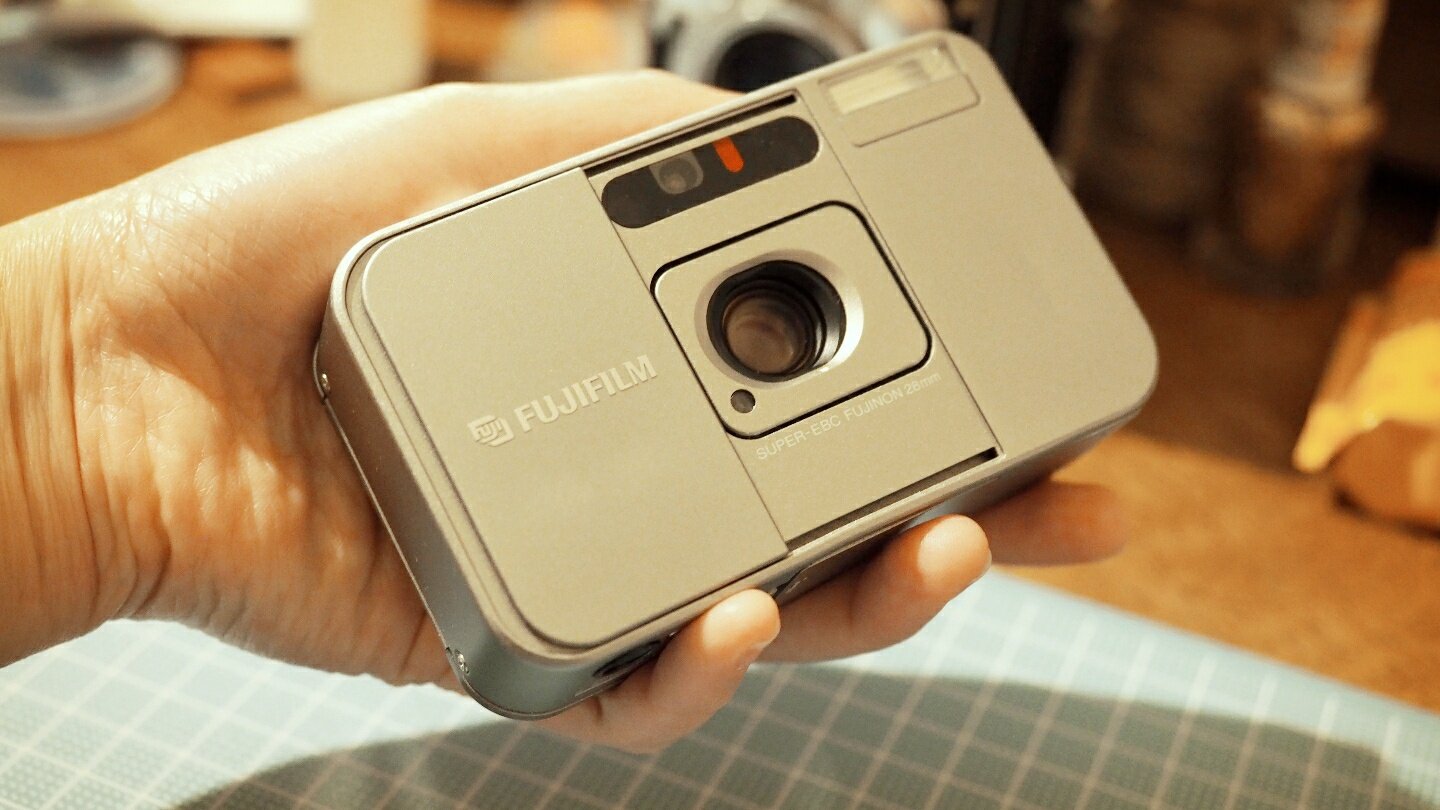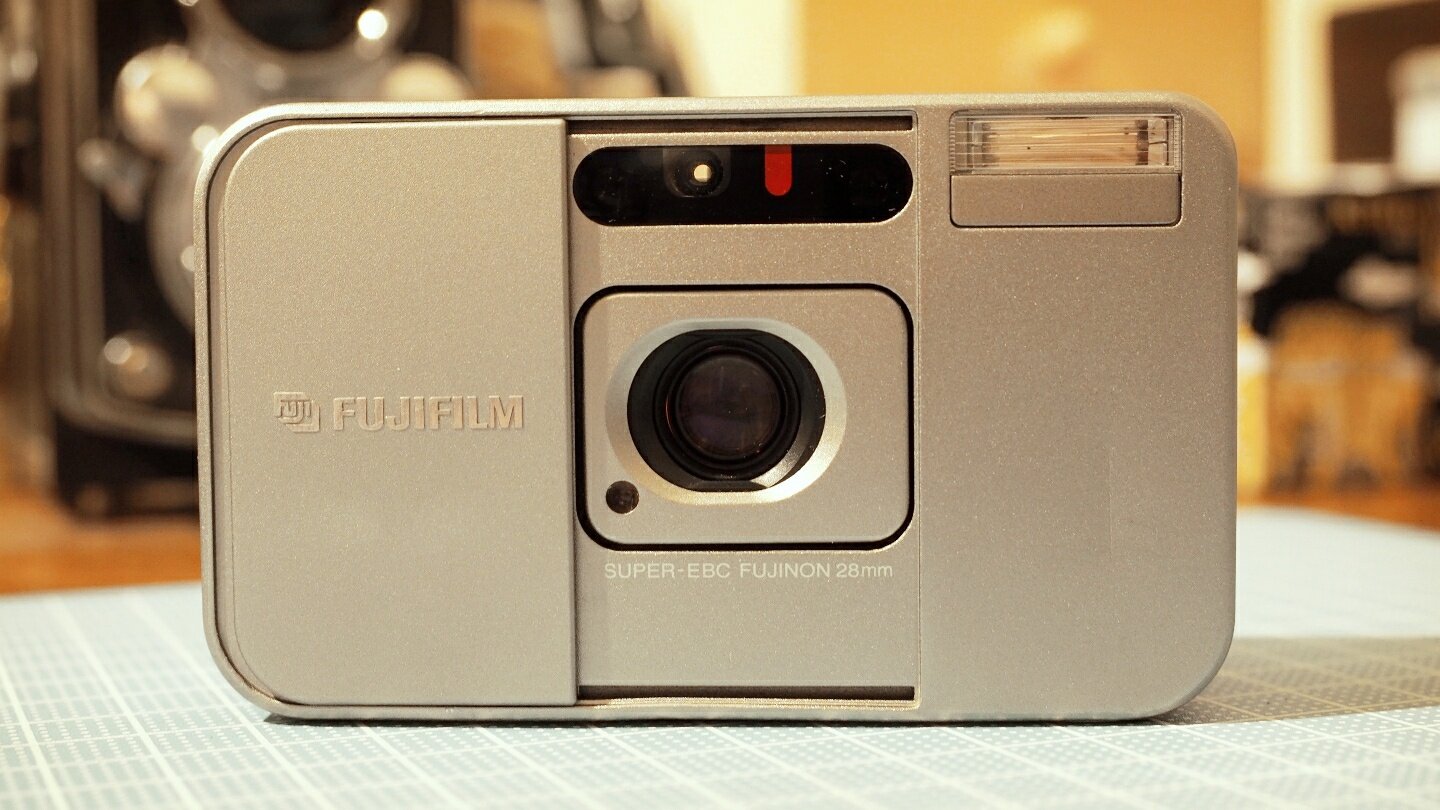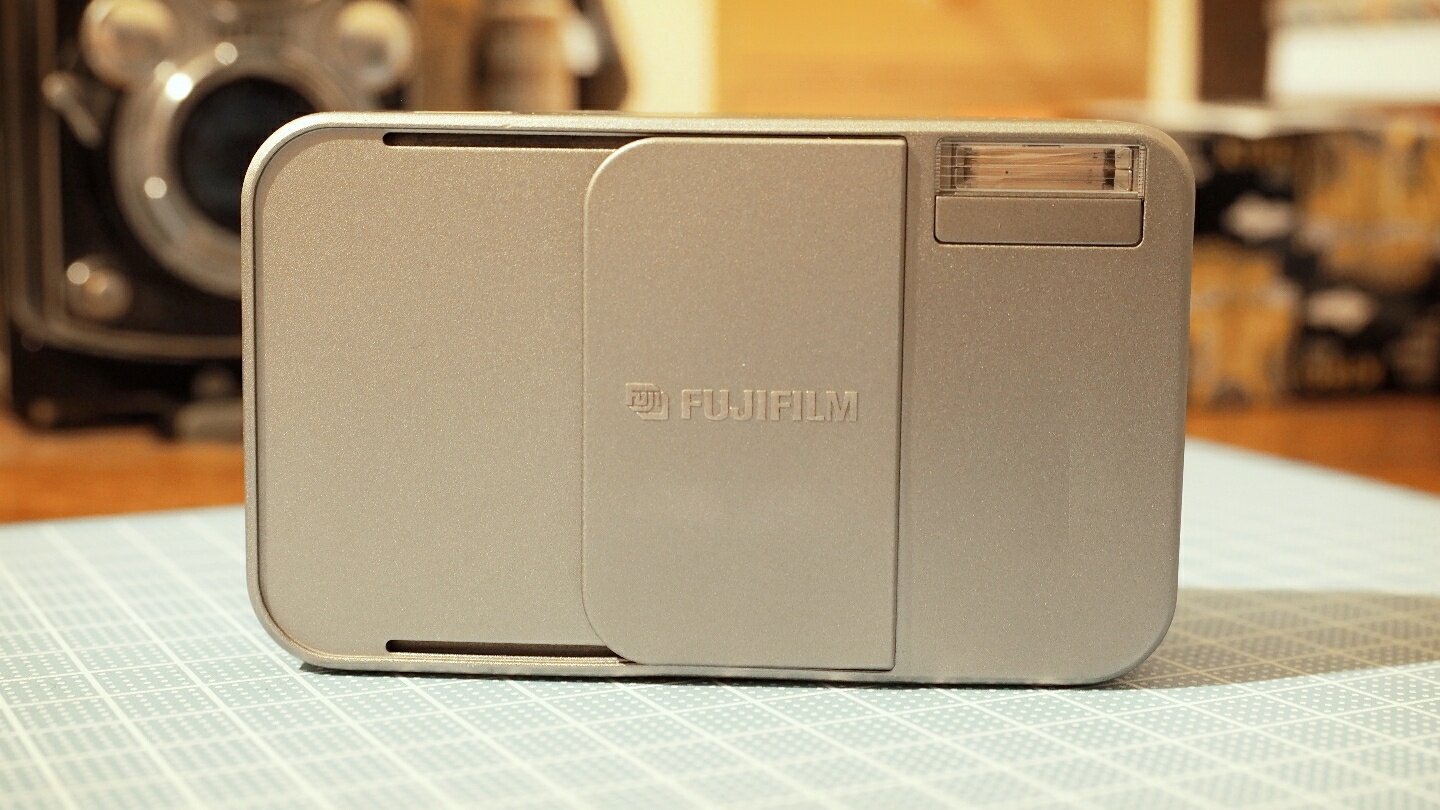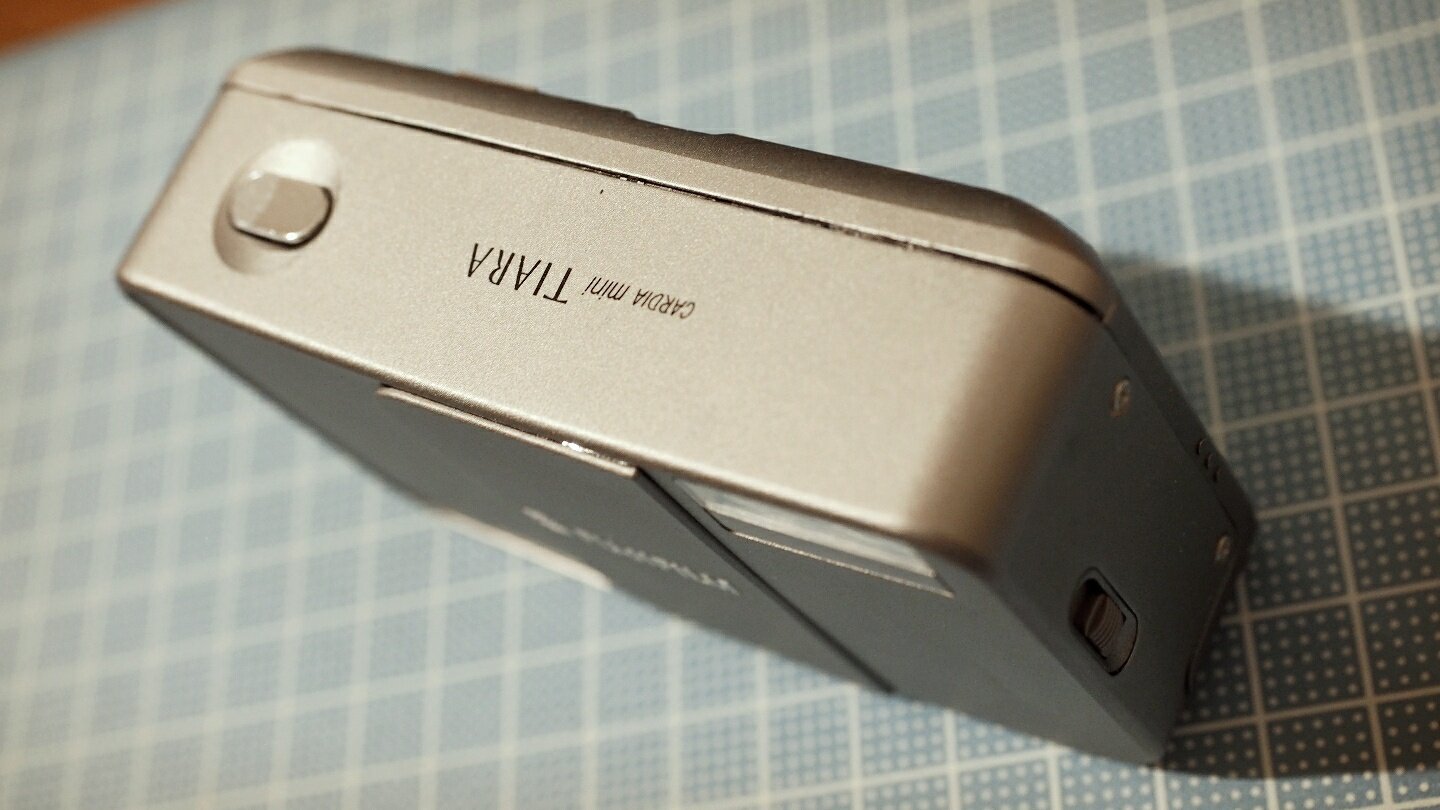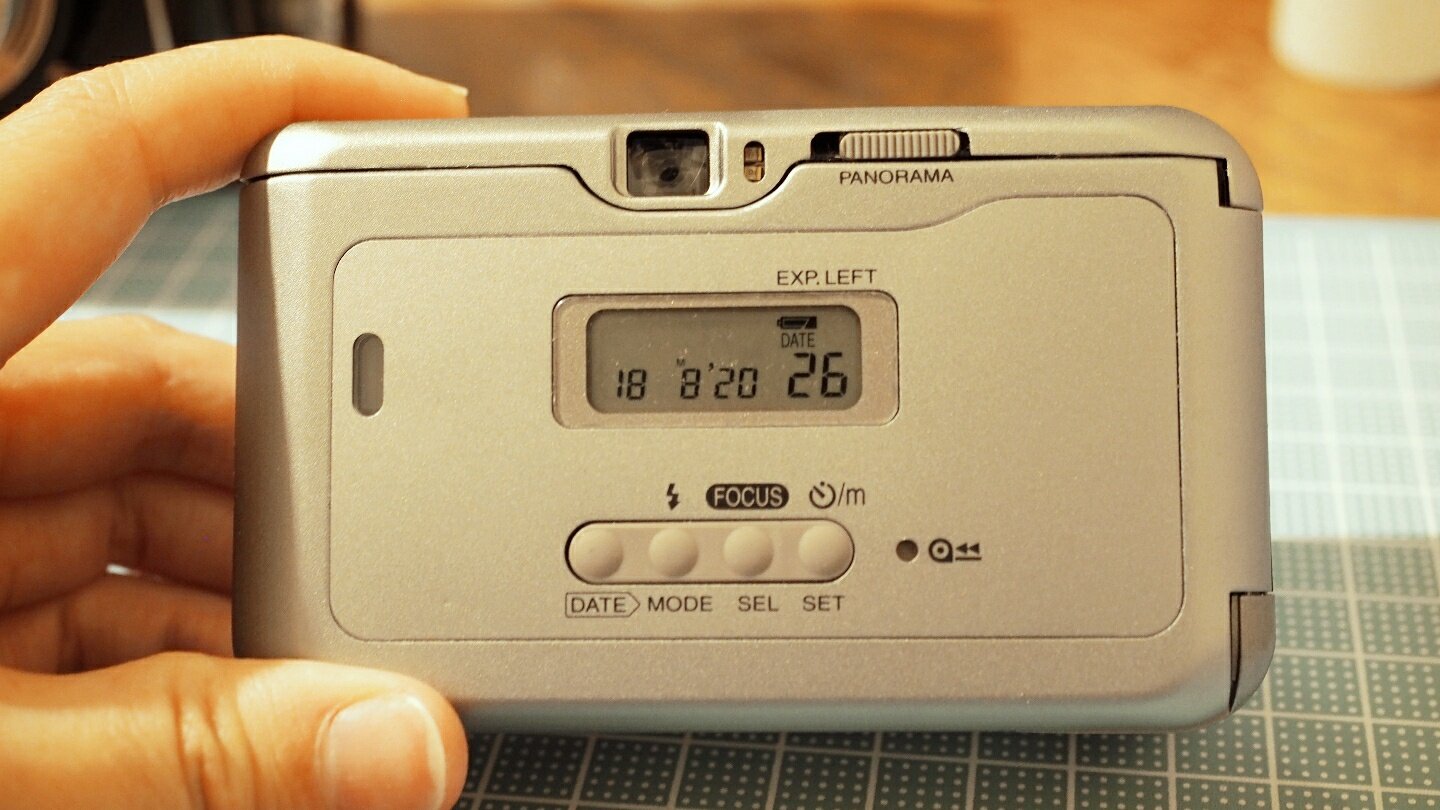The Sardine Tiara - Initial thoughts on the Fujifilm DL Super Mini/Cardia Mini Tiara
The sardine tiara
Initial thoughts on the Fujifilm DL Super Mini/Cardia Mini Tiara
The sardine camera. The coveted point-and-shoot with glass that users have been known to mount to their Leica cameras after their DL’s bite the dust. A powerful punch packed in a small palm-sized aluminium and sardine tin-shaped camera. Aside from the few articles and reviews of this camera by film enthusiasts, little is known about the Fujifilm DL Super Mini or more commonly referred to as the the Tiara. The camera had a limited release in Japan with an even more limited one in Europe. The Japanese released referred to this camera as the Cardia Mini Tiara, while the European release referred it as the DL Super MIni. From the small number of reviews and articles I’ve read about this camera online, the general consensus is that this camera is an incredibly sharp performer in almost all situations and exceeds performance for such a tiny little thing.
I bought this camera from a Japanese seller so my version has the Cardia Mini Tiara name printed on top. Condition-wise, the camera looks to have been well looked-after over the years. There is a discreet dent on the front right side of the camera but it is very minimal and no actual scratch is visible. The small plastic covering the indicator on the right side of the viewfinder is missing. However, I suspected that this would have had little to no impact on the camera performance as long as the indicators still worked. This was eventually verified by the seller. Although not photographed, the camera also comes with the original wrist strap, which is attached to the tripod insert at the bottom of the camera. A later version of the Tiara, called the Tiara II, had a dedicated wrist strap hook on the left-hand side of the camera, which I think was the only difference between the original and the later version. Aside from the small cosmetic marks, the camera works! I snagged this bargain for $330 including postage, so I’m pretty pleased with the price I paid for its excellent condition compared to others in worse conditions I’ve seen costing at least $450 minimum.
I insert the CR2 battery on the bottom chamber covered by a plastic insert, which I am a bit worried about as it doesn’t feel as securely in place. I may accidentally push the hatch releasing the lid to god-knows-where-small-things-end-up-in. I slide the lens cover, anticipating the moment where the lens will pop out from the camera. Nothing happens. Why wasn’t the lens coming out? I slide the lens cover back over the lens and slide it open again. Still, nothing happens. I really hoped I didn’t get sent a dead camera or, perhaps, the rough journey was the reason for the camera not working. A few minutes later, common sense made me realise I had not fully pushed the lens cover all the way. A further push finally saw the lens finally pop out. It was magical.
By having the sliding lens lock into one place first, this allows the lens cover to trigger when the cover will turn off the camera. Instead of knocking straight into the lens, the stop will trigger the lens to retract back into the camera before you fully slide the cover over the lens and protect it. By all means, it’s not revolutionary. Heck, it’s really just common sense when it comes to camera design. However, I just found it really ingenious. I like to get excited over small details.
The Fujifilm Tiara also comes with the option to print dates on your photos. I find this to be a really cool option to have, because all of my other film cameras don’t have this. While I probably won’t be utilising the date function very often in my own photos, it’s always a great option to have. I did have to fiddle around quite a bit with figuring out how to set the date. According to the instructions manual (found here: https://www.35mmc.com/09/08/2015/fuji-dl-super-mini-tiara-instruction-manual/ - thank you to the original poster on 35mmc and the person who provided a copy of the manual), the camera supports date function from 1994 up until 2025. The camera also has four modes accessible by pressing the second button called ‘MODE.’ Most importantly, it has a manual focus mode which creates even more opportunities for that intermediate hobbyist photographer. I’m excited to test the camera out with the new film Kiro 400 by FilmNeverDie.
For such a small point-and-shoot camera, the Fujifilm Tiara is aesthetically pleasing and portable. While options are limited, the right options are there. The ease of use and size makes travelling with the Tiara a breeze. Heck, I could even put in my purse and not worry about weight. Although, I wouldn’t recommend mixing it with your other tidbits in your bag as it will most definitely scratch the aluminium surface. Having a supported camera case is definitely recommended if you want this camera to continue with you on your journey for many more years to come beyond 2025. I know my dog is looking forward to all the fun and candid photo opportunities.
